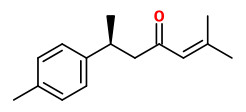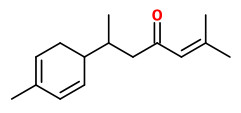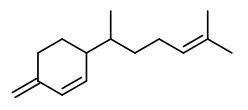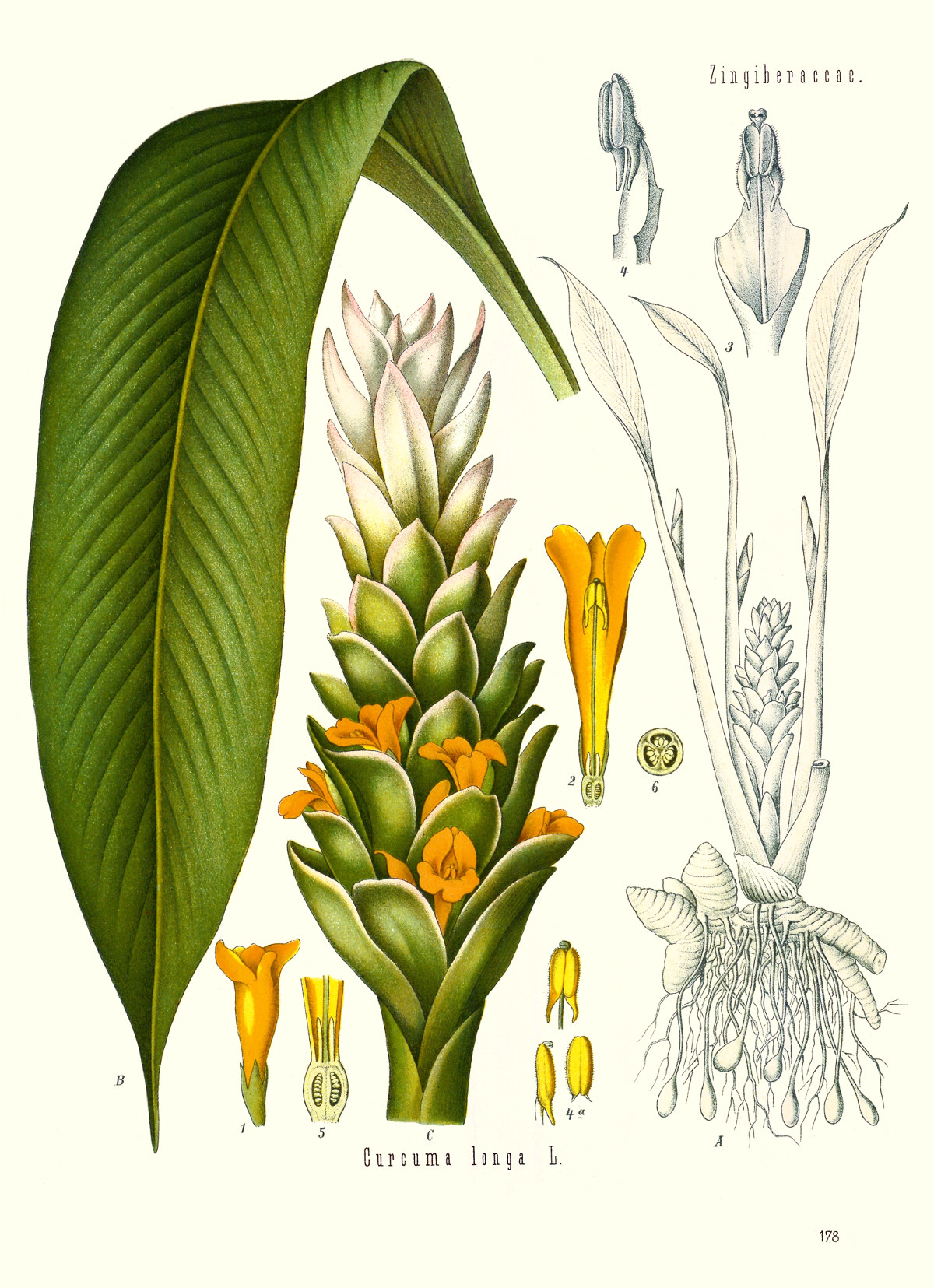Curcum longa L. - syn. Curcuma domestica Valeton - Zingiberaceae
turmeric, Curcuma domestica Valeton, Kurkuma, Gelbwurz
Native to Southeast Asia; leaves very large, up to 1.20m or more long, including the petiole which is about as long as the blade, oblong-lanceolate, tapering at the base; flowers in autumnal spikes, 10-15cm long; peduncle 15cm or more, concealed by the sheathing petiole; flowers pale green, tinged with pink; rootstock large, ovoid, with sessile cylindric tubers orange-colored inside. The dried rhizome with its cumine-like-woody-fruity odor and slightly bitter earthy flavor is used as spice.
„When not used fresh, the rhizomes are boiled for about 30-45 minutes and then dried in hot ovens, after which they are ground into a deep-orange-yellow powder commonly used as a spice in Bangladeshi cuisine, Indian cuisine, Pakistani cuisine and curries, for dyeing, and to impart color to mustard condiments. … The most important chemical components of turmeric are a group of compounds called curcuminoids, which include curcumin (diferuloylmethane), demethoxycurcumin, and bisdemethoxycurcumin.“ http://en.wikipedia.org/wiki/Curcuma_longa
The rhizome oil of C. longa have been found to contain ar-turmerone (51.8%) and ar-turmerol (11.9%) as main constituents.
[Chemical and biocidal investigations on essential oils of some Indian Curcuma species. Gurdip Singh, Om Prakash Singh, Sumitra Maurya, Progress in Crystal Growth and Characterization of Materials, Vol.45 (1–2) 2002, 75–81]
 (S)-ar-turmerone |  α-turmerone |  β-sesquiphellandrene |
The rhizomes of Curcuma longa L. cv. Roma grown in northern Indian gave 2.2% of an essential oil on hydrodistillation. Major constituent were 1,8-cineole (11.2%), α-turmerone (11.1%), β-caryophyllene (9.8%), ar-turmerone (7.3%) and β-sesquiphellandrene (7.1%).
[Essential oil composition of Curcuma longa L. cv. Roma from the plains of northern India., Raina, V.K., Srivastava, S.K., Jain, N., Ahmad, A., Syamasundar, K.V., Aggarwal, K.K., Flavour and Fragrance Journal, 17(2), 2002, 99-102]
„Curcuma longa L. var. Rasmi and Curcuma aromatica Salisb. var. Bataguda (Zingiberaceae) are the most commercially cultivated spice crops of India for the production of turmeric, and are indigenous to southern Asia. Rhizome of C. longa has been used in Indian systems of medicine as an antiseptic, carminative, stomachic, appetizer and tonic. The cured, dried and ground rhizomes provide turmeric powder which is used as a supporting constituent of curry powders and as a food colourant.“ http://jonnsaromatherapy.com/pdf/GC-MS_Curcuma_longa_2002_01.pdf
Main components of the essential oil of C.longa leaves were α-phellandrene (53.4%), terpinolene (11.5%), 1,8-cineole (10.5%), p-cymene (4.85), 2-octanol (3.0%), α-pinene (2.3%), γ-terpinene (2.2%), limonene (2.0%), β-pinene (1.8%), and δ-3-carene (1.0%).
[Raina, V. K., S. K. Srivastava, and K. V. Syamsundar. „Rhizome and leaf oil composition of Curcuma longa from the lower Himalayan region of northern India.“ Journal of Essential Oil Research 17.5 (2005): 556-559] http://staff.cimap.res.in/PublicationFiles/J._Essential_Oils_Res._17_556.pdf
„A methanol extract of the dried powdered turmeric rhizome and curcumin were tested against 19 strains of H. pylori, including 5 cagA+ strains. Both the methanol extract and curcumin inhibited the growth of all strains of H. pylori in vitro with a minimum inhibitory concentration range of 6.25-50 micrograms/ml. These data demonstrate that curcumin inhibits the growth of H. pylori cagA+ strains in vitro, and this may be one of the mechanisms by which curcumin exerts its chemopreventative effects.“
[Turmeric (Curcuma longa) and curcumin inhibit the growth of Helicobacter pylori, a group 1 carcinogen. Mahady GB, Pendland SL, Yun G, Lu ZZ, Anticancer Research, 2002, 22(6C):4179-4181]
„The turmeric (Curcuma longa L. rhizomes) EtOH extract significantly suppressed an increase in blood glucose level in type 2 diabetic mice. In an in vitro evaluation, the extract stimulated human adipocyte differentiation in a dose-dependent manner and showed human peroxisome proliferator-activated receptor (PPAR)-γ ligand-binding activity in a GAL4-PPAR-γ chimera assay. The main constituents of the extract were identified as curcumin, demethoxycurcumin, bisdemethoxycurcumin, and ar-turmerone, which had also PPAR-ligand-binding activity.“
[Hypoglycemic Effects of Turmeric (Curcuma longa L. Rhizomes) on Genetically Diabetic KK-A
γ Mice. M Kuroda, Y Mimaki, T Nishiyama, T Mae etal., Biol. Pharm. Bull. 28 (5), 937-939 (2005)] http://bpb.pharm.or.jp/bpb/200505/b05_0937.pdf
Ar-turmerone and α-turmerone showed stimulatory effects on human peripheral blood mononuclear cells proliferation and cytokine production in vitro.
[Evaluation of in vitro anti-proliferative and immunomodulatory activities of compounds isolated from Curcuma longa., Yue, G.G., Chan, B.C., Hon, P.M., Lee, M.Y., Fung, K.P., Leung, P.C., Lau, C.B., Food and chemical toxicology, 48(8), 2010, 2011-2020] http://www.ncbi.nlm.nih.gov/pmc/articles/PMC2910176/

Köhler, F.E., Medizinal Pflanzen, vol.2 t.178 (1890)
http://plantgenera.org/species.php?id_species=299619
VIDEO: Turmeric from India (IFF-LMR)